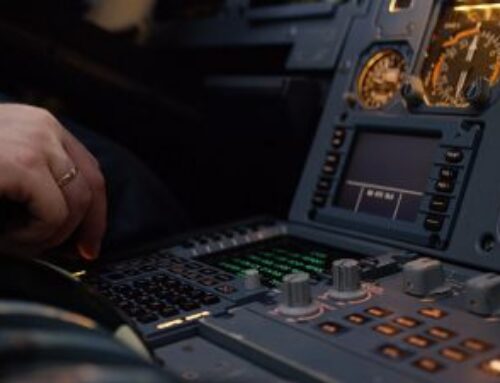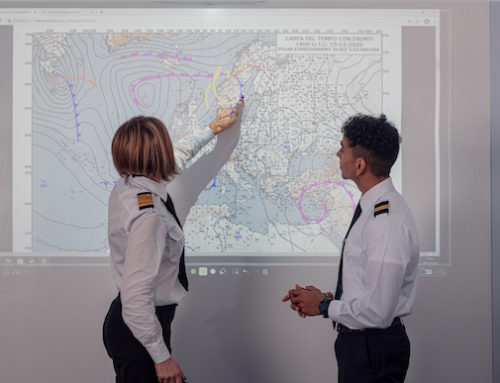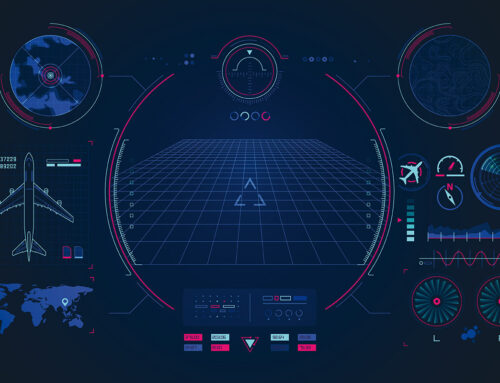What is the TCAS – Traffic Alert and Collision Avoidance System?

The idea that two planes can collide in flight seems like a coincidence that can happen very rarely, but if this is possible it does not depend on chance but on the TCAS, the Traffic Alert and Collision Avoidance System.
The Traffic alert and collision avoidance system is a computerized avionic system designed to reduce the risk of mid-air collisions between aircraft. It is an implementation that the International Civil Aviation Organization (ICAO) indicates to install on all aircraft weighing more than 5700 kg or authorized to carry more than 19 passengers.
TCAS tracking separately monitors the distance, altitude and detection parameters for each aircraft that installs a transponder capable of responding to system queries. TCAS monitors the airspace around an aircraft, regardless of ground air traffic control, and warns pilots of the presence of other aircraft that could present a collision threat in flight.
However, this system is not foolproof and, as such, pilots can perform a visual assessment to confirm the accuracy of a warning.
A bit of history on collision prevention systems
Research on collision prevention systems has been ongoing since the 1950s, thanks to the collaboration between the airline industry and the Air Transport Association of America (ATA, today A4A – Airlines for America). But it was around the mid-1970s that research focused on the use of aircraft transponder signals.
This technical approach allows collision avoidance, regardless of the ground air traffic control. In 1981, the FAA announced the decision to implement a concept of aircraft collision prevention, called the Traffic Alert and Collision Avoidance System (TCAS). Shortly thereafter, prototypes of the TCAS II were installed on two Piedmont Airlines Boeing 727 aircraft and were flown on regular scheduled flights.
The first tests provided valuable information on the frequency and circumstances of collision warnings that allowed the TCAS to be certified in April 1986, then subsequently approved for operational assessment in early 1987.
The crash of Aeroméxico Flight 498 on August 31, 1986 speeded up the development and implementation of the TCAS on aircraft: the Douglas DC-9 that was operating that day the route between Mexico City and Los Angeles, had a mid-air collision near the city of Cerritos, with a PA-28-181 Archer, a small private plane flying from Torrance to Big Bear, California. The accident caused 82 victims: all 67 people on board both aircraft and 15 people on the ground, who were hit by the wreckage of the aircraft. Another 8 people on the ground sustained minor injuries.
How does the TCAS work?
The TCAS mainly issues three types of alerts:
- Traffic advisory (TA);
- Resolution advisory (RA), and
- Clear of conflict.
When a TA is issued, pilots are asked to carry out a visual search of the traffic causing the warning. If traffic is captured visually, pilots are required to maintain visual separation from traffic.
When an RA (Resolutory advisory) is issued, pilots must respond to the RA immediately unless this compromises the safe operation of the flight. A resolution notice advises each pilot at risk of a collision to climb or descend to ensure the separation between aircraft. Threat detection sensitivity increases with altitude: planes must have a much higher separation at high altitudes, while when flying low you can maintain a shorter distance, as is usually the case near the airport of departure or landing.
The TCAS is the system that today allows thousands of aircraft to fly overhead at the same time: the sky is vast, but even there, traffic can be a big problem.






